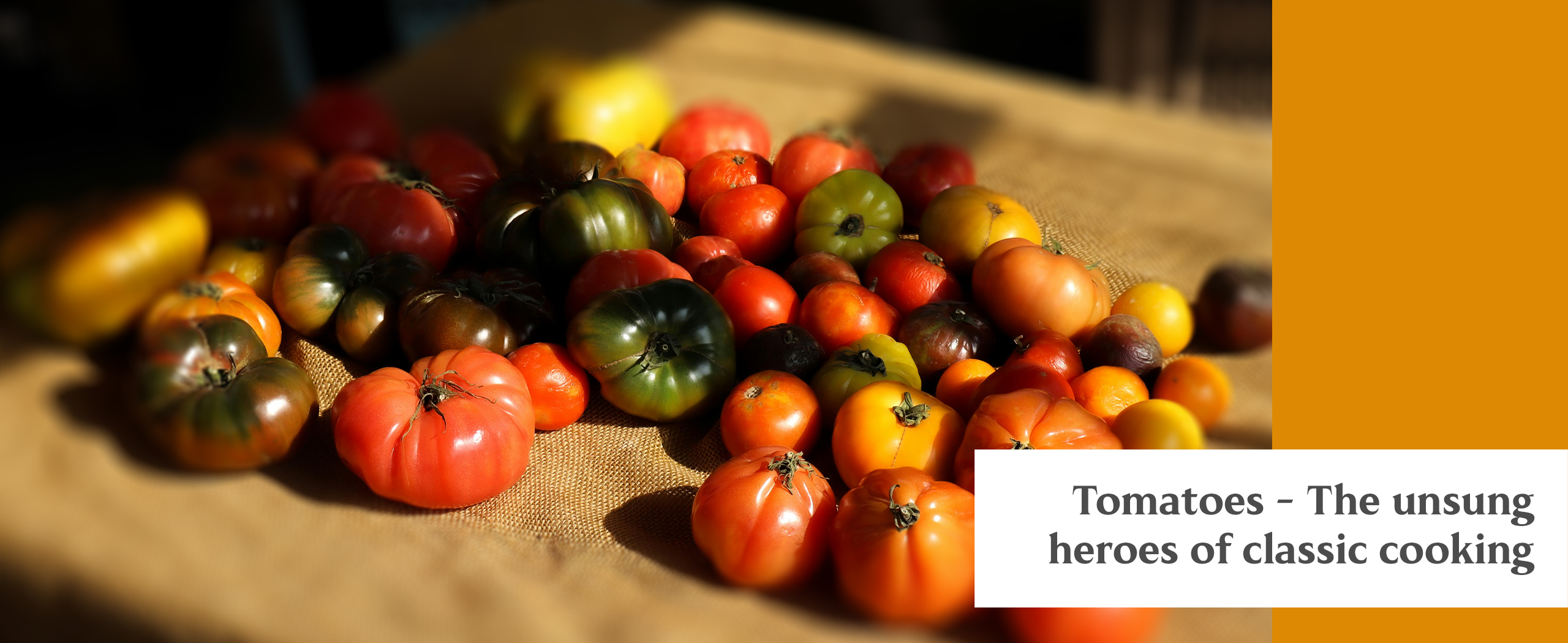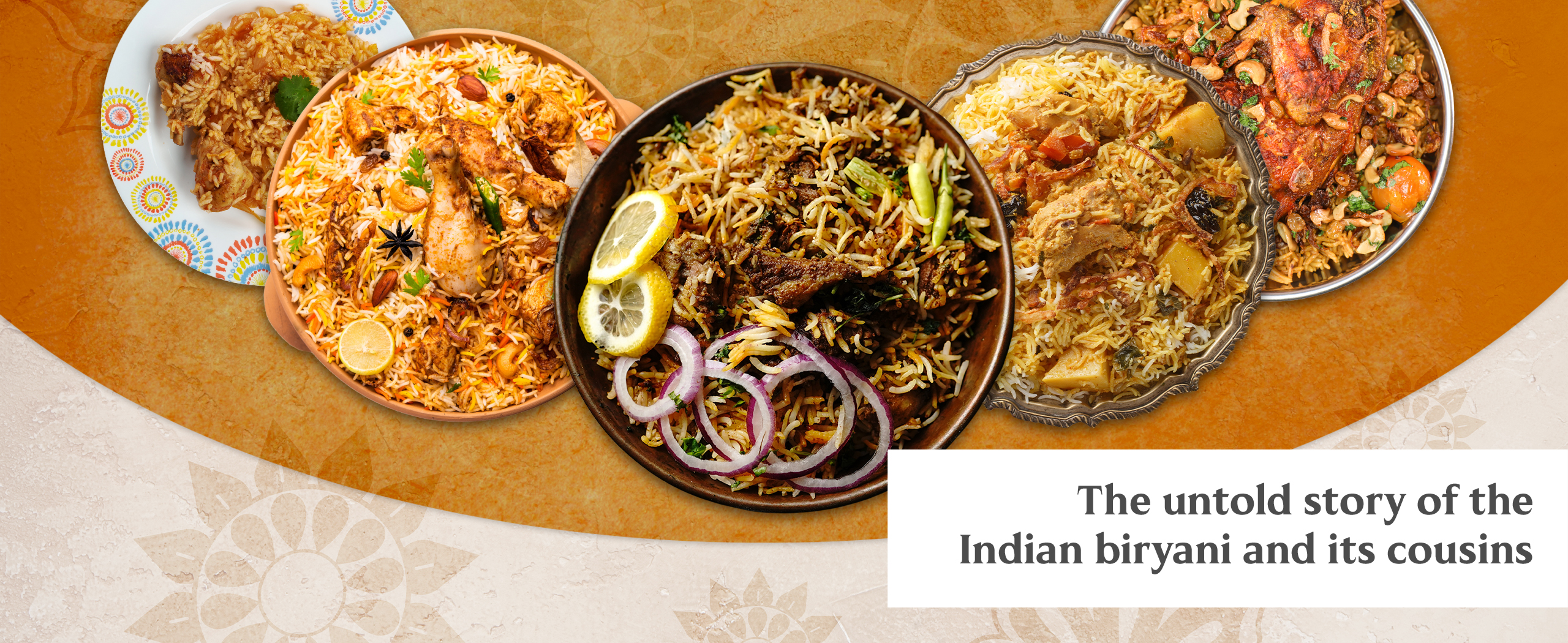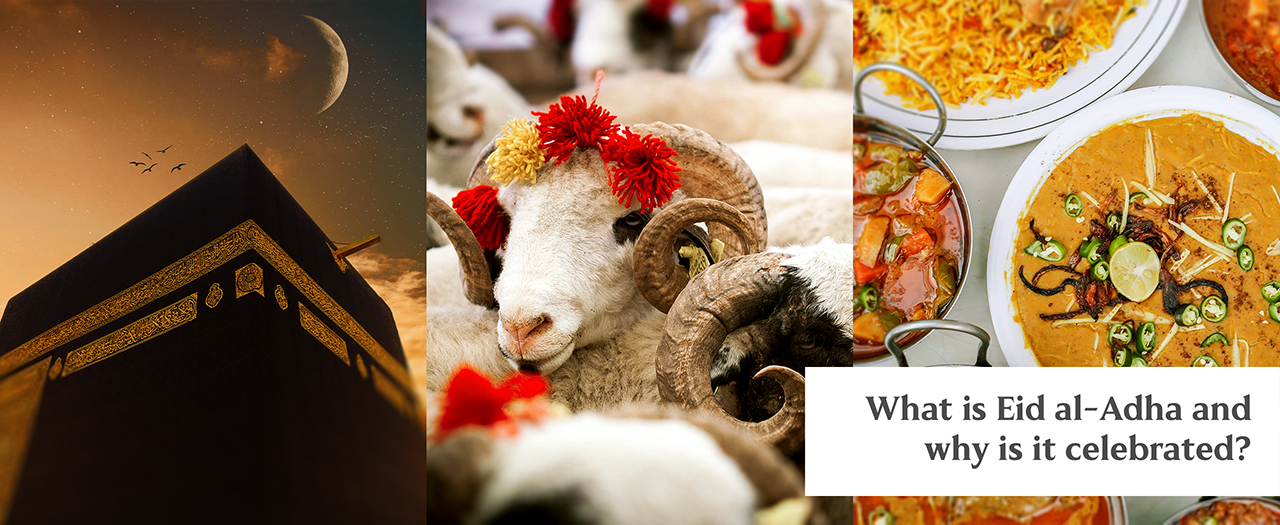Food enthusiasts, always looking for great-tasting cultural food, often find themselves at the front door of an Indian eatery. This is especially true in the U.S., where cultural food has become an evergreen trend, and Indian cuisine enjoys the spotlight alongside Chinese, Mexican, Italian, and Thai. While several factors contribute to its rising popularity, the core reason is the rich traditions of Indian cooking that result in unique, flavorful foods and hit all the right chords with food lovers.
This article is for cooking-foodies who are inquisitive about Indian cuisine and what lends it the special touch, and would enjoy a hands-on Indian cooking adventure in the kitchen.
Why Indian cooking is popular in the U.S.
Cooking styles and techniques from the Indian region have always held immense value for the diaspora. But now, they also trigger conversation in the non-ethnic foodie communities and become part of cultural food trends. Indian cuisine is fast making a special niche in the American diet.
Is great taste the only reason?
Indian cooking is about bold flavors, subtle yet effective use of fresh & dry spices, and cooking techniques passed down through generations. The time and energy invested in the prep and cooking processes reflect in the taste. Whether you cook vegetarian or meat dishes, they boast a distinct profile. Layers of complex flavors combine to form a harmonious symphony that makes sense to your mouth. Food enthusiasts, who see their unique culinary choices as an expression of the self, are drawn to this cultural palate.
However, circumstantial factors that spread the word about the novelty of Indian flavors cannot be denied credit.
The diaspora of Indian descent* in the U.S. is well over 6 million – a significant part of the population. As they integrated into American society, word about Indian cooking and foods continued to spread. To cater to a bigger diaspora with more buying power, Indian eateries popped up around the U.S. This led to locals’ rapid introduction to Indian cuisine in many parts of the country. Fresh perspectives about cultural and culinary diversity also played a role in the popularity gains for Indian food, owing to the Millennials and Gen Z, who constitute about 40% of the U.S. population.
So, yes. Indian cuisine is great-tasting, but it was also fortunate to find the circumstances that helped it gain the appreciation of American food lovers.
*Generalization refers to ethnicities originating from the Indian subcontinent, including Pakistan, Bharat, and Bangladesh.
Your step-by-step guide to Indian cooking
Indian cuisine is not about a limited number of ingredients, spices, or cooking techniques. It encompasses diversity influenced by the local culture, from the South to the North, and from East to West. The type of Indian food mostly seen and popular outside the region is from the North. Unlike South, East, and West, it does not revolve around fish, but depicts strong Mughal and Mediterranean influences. North Indian delicacies, e.g., biryani, haleem, korma, nehari, kebab, and kofta – all have a distinct cultural stamp.
This guide is not intended to turn you into a master of North Indian cooking. However, it prepares cooking-foodies, who seek to learn about Indian cuisine, for a doable and exciting adventure in the kitchen.
Step 1: Pick your protein & other ingredients
The first step of any cooking process is picking the ingredients. Whether you want to cook a vegetarian or meat-based meal, you must understand how different ingredients interact.
For instance, certain root veggies such as potatoes go nicely with red meats, beef, or lamb. Like steak and potatoes, the famous Mughal dish ‘aloo gosht’ uses beef or lamb with potatoes. Chicken is best cooked by itself, mostly using onion or tomato-based purees. Plant-based protein sources such as lentils and legumes (dal) are common in Indian cuisine – they are also cooked with meat and vegetables. For instance, keema chole, i.e., chickpea curry with minced meat, and lauki channa dal, i.e., bottle gourd with split chickpeas.
If you are experimenting with ingredients on your own, this becomes a critical step, unlike following a recipe.
Step 2: Get comfortable with Indian spices
It is impossible to talk about Indian cooking without discussing the significance of spices. Yes, salt is indispensable to all food, but the signature taste and aroma of Indian food are courtesy of the spices. From pounding ginger and garlic into a fine paste to toasting dry spices over a hot griddle or frying them, spices hold a special place in Indian cooking.
Let us take a quick look at some of the most important ones and how to use them:
- Lal Mirch (Red chili powder): This is the spice most associated with Indian cooking. Introduced to Indians by the Portuguese, chili pepper restricted the use of black peppercorn, which was used to add heat to Indian foods until then. Today’s red chili powder is a mix of dried red chili peppers. It is used to add color and heat to food. Kashmiri chili powder is a milder variety, and the Cayenne chili powder (Tez lal mirch) is much stronger and used in smaller amounts.
- Haldi powder (Turmeric): This spice is made from the underground stem of a plant related to the ginger family. It is boiled, dried, and ground into a fine, bright yellow powder with a warm, bitter, and peppery taste. It is used in almost all Indian curries for color and flavor, and has numerous health benefits.
- Garam masala: This is a ‘warm spice mix’ used to add subtle heat and flavor to many Indian dishes. It can be made from a variety of spices, as many as 30. The common version is a mix of black peppercorns, black and green cardamom, fennel, cloves, cinnamon, cumin, and coriander seeds. Other varieties add bay leaves, ginger, turmeric, Kashmiri chili, and nutmeg. It is used in curries, daals, and stews. There is no exact recipe or proportions for this spice mix – every family kitchen has its unique blend passed through generations.
- Zeera (Cumin) Powder: A seed of the parsley family, this spice has a warm taste and aroma. It is used in many dishes, both meat and vegetable-based. It is also an ingredient used in tadka for dal. It enhances the flavor and adds a delicious aroma to the food. Some dishes use the zeera powder, while others use the seed, either sautéed in a little oil or roasted over a hot gridle.
- Dhania (Coriander) Powder: Made from ground seeds of the cilantro plant, dhania powder (or roasted seeds) adds a warm, woody, and citrusy flavor and aroma to many Indian curries and stews.
While these are some of the most commonly used spices, they are not the only ones. Indian cooking uses many other spices such as mustard seeds (rai), dried fenugreek leaves (methi), carom seeds (ajwain), poppy seeds (khash khash), curry leaves (kari patta), and more.
Read more about how to use Indian spices here
Step 3: Explore different Indian cooking techniques
Once you feel confident about selecting ingredients and spices, it’s not that difficult to get down to cooking. A ton of Indian recipes are available online and in cookbooks. However, Indian cooking is technique-sensitive, so here are the primary cooking techniques you can explore. Don’t worry. These methods are not too different from what you might already know.
Bhunna
Bhunna (also Bhunai or Bhunao) is one of the classic South Asian sautéing techniques. It is characterized by continuously stirring the spices and ingredients over high to low heat, depending on the cooking stage.
To start with, you stir-fry on medium to high heat during the initial phases. Ghee and mustard oil are preferred due to their high smoke points – they allow spices and ingredients to get sautéed and release flavors and aroma without burning. First, dry spices go in, then ginger, garlic, and onions, and last of all, meats, vegetables, or legumes. In the final phase, the food is cooked on low heat, loses moisture, and caramelizes. The flavors blend, and the gravy becomes thick.
This technique is especially used for meat-based dishes, e.g., the famous lamb curry ‘bhunna gosht’ or ‘chicken bhunna’.
Dum cooking
Dum is a technique that allows ingredients to cook in layers using steam, like steam cooking, albeit these are two different processes. Cooking slowly on low heat allows the ingredients to cook in their juices. However, depending on the ingredients, a little water may be added. The pot is sealed to keep the steam from escaping (dough is often used to seal a pot), but any tight-lid utensil serves the purpose. A variation of this cooking technique is where pressure is added by placing something heavy on top of the utensil, turning it into a kind of pressure cooker.
Dum is a time-consuming process, but it yields incredible depth of flavor. Dum biyani is a supreme tasty example – a must-try any day. The marinated meat sits with the partially cooked rice in the dum until it is fall-off-the-bone tender, and the rice fluffs up.
Tarka or Tadka
Tarka (Urdu) or Tadka (Hindi) is a tempering technique used in desi cooking. The oil or ghee is heated on medium before dry spices, ginger, garlic, or onion are added and tempered on low heat. The oil gets infused with their flavors and aroma, and is added to the dish in the final step. However, some recipes call for the tempering process at the beginning of cooking, so the rest of the food cooks in the flavored oil.
Many daals (lentils and legumes) use tadka as a flavor enhancer. The spices and ingredients used in the tadka vary depending on the dish it is intended for.
Dhuni or Dhungar
Dhuni (Urdu) or Dhungar (Hindi) is a South Asian cooking technique that infuses the food with a smoky flavor. It can be done with cooked food as well as marinated ingredients. Traditionally, the process involves heating a piece of coal to a red glow and drizzling it with oil or ghee. The small heat-resistant pot is placed in the dish and covered with a lid or foil – depending on the food, it may require from a few to several minutes.
This is a great way of adding a smoky flavor to curries and meats without using a tandoor (clay oven), grill, or smoker.
Tandoori cooking
This type of cooking uses a ‘tandoor’, i.e., a clay oven. Burning wood or charcoal is usually loaded at the bottom of the cylindrical clay oven. The walls of the oven accumulate heat and create the perfect environment for cooking. Heat rises from the bottom of the clay oven, and the walls of the oven also emit intense heat. As the food is cooked, it gets infused with a smoky flavor.
Indian flatbreads cooked in the tandoor, such as naan and roti, are stuck to the walls of the tandoor and come out nicely charred. Tandoori cooking is a common practice used to cook seekh kebabs and tandoori chicken tikka. This technique is, however, not a practical option for a home kitchen.
Concluding words…
The Indian region is a melting pot of flavors with not one but many cooking techniques and cuisines. There is no one way to master the art of Indian cooking. But if you follow the basics, North Indian cooking is easy enough to grasp. Start with less elaborate recipes, keep experimenting and practicing, and you’ll start getting the hang of it.
If you are interested in sampling the flavors of Indian cuisine before you attempt a dish, you’ll find authentic flavors with Kaiser & Colonel Kababz products – ready in no time with minimal effort.



